5 Leadership Preparation Lessons from Fighting Wildfires Every Tech Leader Needs to Know
How a single season fighting fires taught me that the best leaders prepare for complexity before it arrives.
Jenn Stevens, MS
8/5/20255 min read
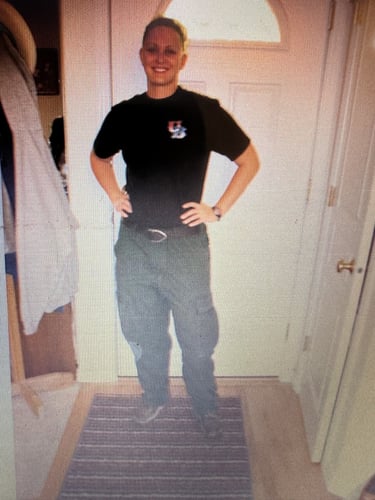

The best leadership advice I've ever received didn't come from a business book or executive coach. It came from an engine boss on a wildfire crew in the Mountain West, who taught me that exceptional leaders aren't the ones who perform miracles under pressure; they're the ones who build systems so solid that pressure becomes manageable.
For one intense season, I worked as part of an eight-person engine crew fighting desert fires, urban interface blazes, and forest fires. What I learned in those smoke-filled, high-stakes environments has given me rare insights that I apply to how I approach organizational development for fast-growing tech companies.
Whether you're battling a wildfire or scaling a startup, leadership comes down to the same fundamentals: building clarity before complexity hits, creating systems that work when everything else is uncertain, and developing teams that can adapt without losing their effectiveness.
Here are five preparation lessons that every tech leader should master before they need them.
Lesson 1:
Your Emotional Regulation Sets Everyone's Temperature
The Story
During a rapidly spreading desert fire, adrenaline was running high as we worked to establish containment lines. In the rush to deploy equipment, one crew member severely injured his hand. Blood everywhere, fire advancing, half the team rattled.
Our engine boss remained calm and composed. He calmly directed medical attention, reassigned roles, and kept us focused on our mission. His steady presence created stability in chaos, allowing us to work effectively while ensuring our teammate received care.
The Leadership Application
Your team's emotional state mirrors yours, especially during uncertainty. Growing tech companies face constantly increasing complexity with funding pressures, market shifts, and scaling challenges. The leaders who navigate this successfully have trained themselves to pause, breathe, and respond thoughtfully rather than react impulsively.
Build this skill now: Practice the "tactical pause" and take three seconds before responding to stressful news. Develop physical grounding techniques. Script your language for common challenging scenarios so you don't have to think of what to say when emotions are high.
*This is me heading to work at BLM fire station back in 2007.

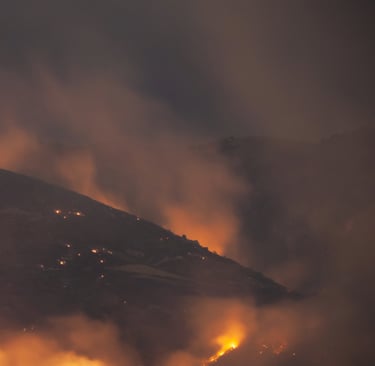

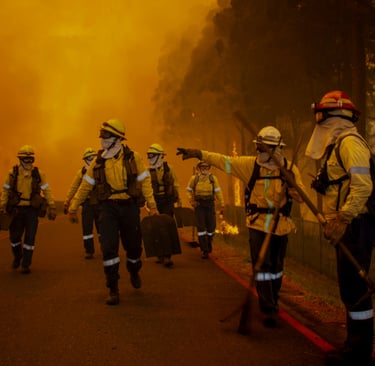
Lesson 2:
Systems Work When People are Stressed
The Story
Fighting wildfire isn't a job you learn on the fly. Every procedure, communication protocol, and safety check had to become second nature before we saw flames. When things got intense, we didn't waste mental bandwidth on basics, our hands knew where every tool was, our voices automatically used proper radio protocols.
This automatic competency freed our minds to focus on strategy and adaptation when it mattered most.
The Leadership Application
The companies that scale smoothly are the ones that systematize decision-making before they need to make hard decisions quickly. Don't wait for the urgent deadline or difficult conversation to figure out how your team communicates and makes choices.
Build this now: Create clear decision trees for common scenarios. Establish communication protocols and escalation paths. Document who has authority to make what decisions when leadership isn't available. Practice these systems during calm periods so they become automatic when complexity increases.
Lesson 3:
Learning Compounds When You Make It Systematic
The Story
After every fire (successful or not), we gathered for structured debriefs. What happened? What factors led to this result? What could we improve? What needs to change? These weren't blame sessions; they were intelligence-gathering missions focused on improving our systems and capabilities.
The insight that my crew member's injury stemmed from rushing due to time pressure led us to modify our equipment procedures and develop better adrenaline management techniques.
The Leadership Application
The fastest-growing tech companies aren't the ones that never face challenges; they're the ones that learn fastest from every experience. Build a culture where After Action Reviews (AARs) focus on systems and processes rather than individual performance.
Build this now: Schedule reflection sessions for all significant projects, not just problems. Use structured formats focusing on environmental factors and systemic improvements. Share learnings across teams to compound organizational intelligence.
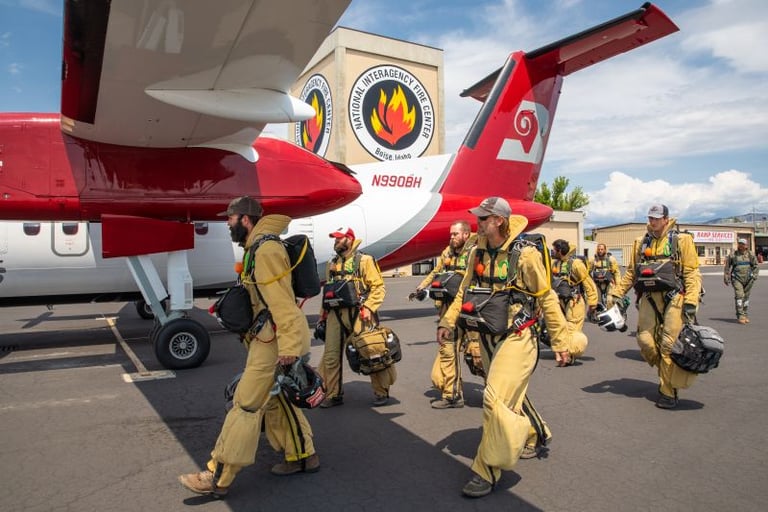

Lesson 4: Communication Clarity Scales Performance
The Story
With eight crew members spread across rough terrain, clear communication was survival. We had predetermined radio check-in times, backup frequencies, specific language for updates, and clear chains of command. Everyone knew their role and what information needed immediate escalation.
We practiced these patterns during training so they became automatic during high-intensity situations.
The Leadership Application
Informal communication breaks down fast as you scale. The casual updates that worked at 20 people become inadequate at 100+ people dealing with complex, fast-moving challenges.
Build this now: Map information flow for critical processes. Define decision rights clearly. Create communication templates for common scenarios. Establish regular check-in rhythms that scale with your team size. Build redundancy into critical communication paths.
Lesson 5:
Reframe Challenges as Intelligence

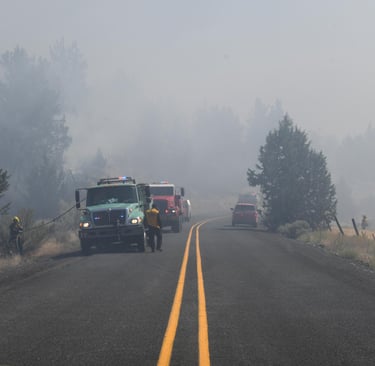
The Story
Even our most difficult fires taught us something valuable. When containment efforts didn't work as planned, we asked: "What part of this would have been worse if we hadn't handled it this way?" Maybe our initial line didn't hold, but our evacuation procedures worked flawlessly. Maybe equipment failed, but team coordination prevented injuries.
Finding the learning in every experience became our competitive advantage for continuous improvement.
The Leadership Application
Every challenge in your company contains intelligence about what works and what doesn't. Failed product features reveal market insights. Team conflicts expose communication gaps that, once addressed, make you stronger. Customer complaints highlight improvement opportunities.
Build this now: Normalize "intelligent experimentation" as part of growth. Create systems to capture learnings from all outcomes. Ask "What worked well?" before asking "What went wrong?" Celebrate insights gained from unsuccessful experiments as much as successful ones.
The Preparation Advantage
Fighting wildfires taught me that exceptional leadership isn't about heroic responses to unexpected challenges; it's about building the systems, skills, and mindsets that make complexity manageable.
The tech leaders who thrive aren't the ones with superhuman abilities. They're the ones who prepare systematically: they've built teams that can execute automatically, created communication systems that work under pressure, and developed learning cultures that turn every experience into organizational intelligence.
Your growing company will face increasing complexity! Complexity is not a problem to solve; it's a reality to prepare for. The question isn't whether challenging moments will come, but whether you'll have the systems and skills ready when they do.
What Will You Prepare For?
Every growing tech company reaches inflection points that test its leadership capabilities. Market shifts, scaling challenges, competitive pressures; these aren't crises to fear, they're complexities to navigate with clarity and confidence.
Which of these five preparation areas would strengthen your leadership the most?
If you're ready to build systematic leadership capabilities in your organization, I'd love to connect. Because the best time to prepare for complexity is before it arrives, and the leaders who understand this give their companies an unbeatable advantage.
Jenn Stevens is an Organizational Development expert who helps growing tech companies build leadership systems that scale. Drawing from experiences as a former wildland firefighter and entrepreneur, she specializes in creating clarity in complexity. Connect with her on LinkedIn to learn more.


